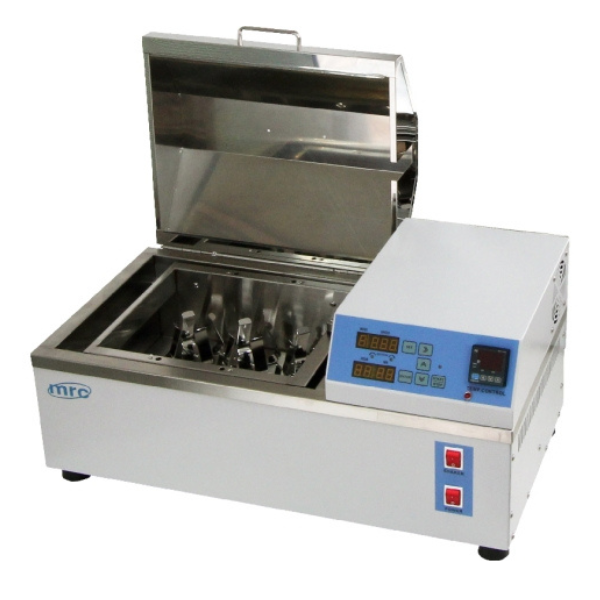
The kind of equipment found in the laboratory can be interesting at times. One may wonder what the need is for a water bath in a laboratory. A water bath, for instance, is simply a container filled with heated water, which helps with the incubation process of samples. This is so because some samples need to be incubated at a constant temperature to remain viable to the procedure they were meant to cover.
There are various reasons a laboratory should have a water bath or more. First, using a water bath to incubate samples is one of the most preferred ways, especially in laboratories where the heating of flammable chemicals is required. This is because open flames can result in accidents as a result of ignition. This can also cause damage to laboratory property.
A water bath is essential to facilitate laboratory activities such as the warming of reagents. Even though some laboratories mainly deal with small samples depending on the goal of their training, some chemicals can prove harmful, especially if they are mishandled around a fire. This means that using a water bath enhances safety within the laboratory and ensures that the institution does not incur the cost of maintenance or purchasing new laboratory equipment from time to time.
Every laboratory can also benefit from using a water bath because it is essential for incubating cell cultures. This is another critical aspect of science labs, as they must work with cell cultures to carry out specific studies or even use the information to understand a particular disease or enhance its treatment. Not all cultures must be left for days before the aim of their research can be analyzed. At the same time, some cultures may require controlled temperatures and may be needed within a short duration. Lastly, every laboratory should have a water bath for melting substrates. Delicate tasks can either prove challenging to be completed effectively or because using other means can lead to unwanted accidents within the laboratory.
Well, no. Various types of water baths are purchased depending on the user's need. They include:
Circular water baths referred to as stirrers are perfect when an individual Wangs to ensure temperature uniformity and consistency. Some experiments that can benefit from this water bath include serologic and enzymatic samples. Temperature uniformity is achieved by thorough circulation of heated water throughout the bath. This ensures that good hot steam is produced and circulated as required.
Shaking water baths are designed in a unique manner that allows extra control for shaking. It is the action of shaking that forces the liquid to move around. As a result, the speed of fluid movement may not be uniform as it depends on the individual doing the shaking. However, this may be an added advantage in some circumstances where action needs to be regulated. The operator can turn the shaking feature on or off depending on how they want the experiment to turn out. Its unique features play a significant role in helping laboratory technicians achieve their goals, such as in experiments requiring constant shaking. This can be used in microbiological practices where oscillation plays a substantial role in ensuring the liquid-grown cell cultures mix with the air appropriately.
These are composed of a microprocessor-based temperature control system which is the principle behind their functionality. This system regulates temperature and ensures the required level is given at all times. The system has a stainless steel shelf with a magnetic circulator. These two work together to promote the uniformity of the water temperature.
The working principle behind a laboratory water bath is the idea of constant temperature, which can be done in different ways. In some cases, the operator can use a water bath with an electrical heating arrangement containing a thermostat for temperature control. Others may not have the electrical arrangement. This does not limit the operator from using the water bath to achieve the desired results. Hence, they can still use an electric lamp or a heating coil and achieve the expected results. This is because the critical principle is the presence of water and its ability to provide the necessary temperature at all times.
So many laboratory activities or experiments depend on the use of water baths for them to be effective. Luckily, many types of water baths cover such needs, and each of them is used uniquely. Water baths in the laboratory help to avoid dangers that may come with heating certain flammable substances over open flames. This is one of the most critical reasons water baths are indispensable in the laboratory. They use the principle of water circulation and maintaining the required temperature level. Some can allow shaking while others do not. However, each of them is essential for specific tasks.